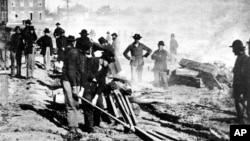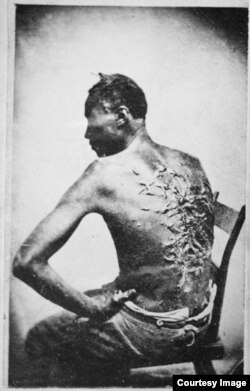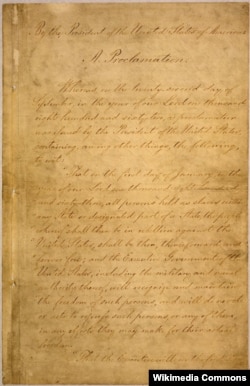156 years ago — April 12, 1861 — the war that nearly tore the United States of America apart began when Confederate forces opened fired on Fort Sumter in South Carolina.
Slavery
The conflict between the Confederate South and Union North over the issue of slavery had been brewing for several years.
Southern leadership met to discuss a unified separation from the United States, and by 1860 the majority of the slave states were publicly threatening secession if the Republicans, the anti-slavery party, won the presidency. Other tensions included states rights,trade and taxes.
Following the election of Republican Abraham Lincoln to the presidency in 1860, South Carolina immediately initiated secession proceedings. On December 20, the South Carolina legislature declared “the Union now subsisting between South Carolina and other states, under the name of the United States of America, is hereby dissolved.”
After the declaration, South Carolina set about seizing forts, arsenals, and other strategic locations within the state. Within six weeks, five more Southern states – Mississippi, Florida, Alabama, Georgia, and Louisiana – had followed South Carolina’s lead.
President Lincoln, an abolitionist and pacifist, but most of all a realist, believed the cost of war was worth saving the country, whether or not a single slave was freed. He argued this in a letter to Horace Greeley, editor of the influential New York Tribune newspaper:
“If there be those who would not save the Union, unless they could at the same time save slavery, I do not agree with them. If there be those who would not save the Union unless they could at the same time destroy slavery, I do not agree with them.
My paramount object in this struggle is to save the Union, and is not either to save or to destroy slavery. If I could save the Union without freeing any slave I would do it, and if I could save it by freeing all the slaves I would do it; and if I could save it by freeing some and leaving others alone I would also do that.
What I do about slavery, and the colored race, I do because I believe it helps to save the Union.”
Four years after the first shots were fired, an estimated 620,000 Union and Confederate soldiers were dead, many from disease, in addition to combat.
On April 9, 1865, Confederate General Robert E. Lee surrendered, ending the war, slavery and keeping the country intact.




